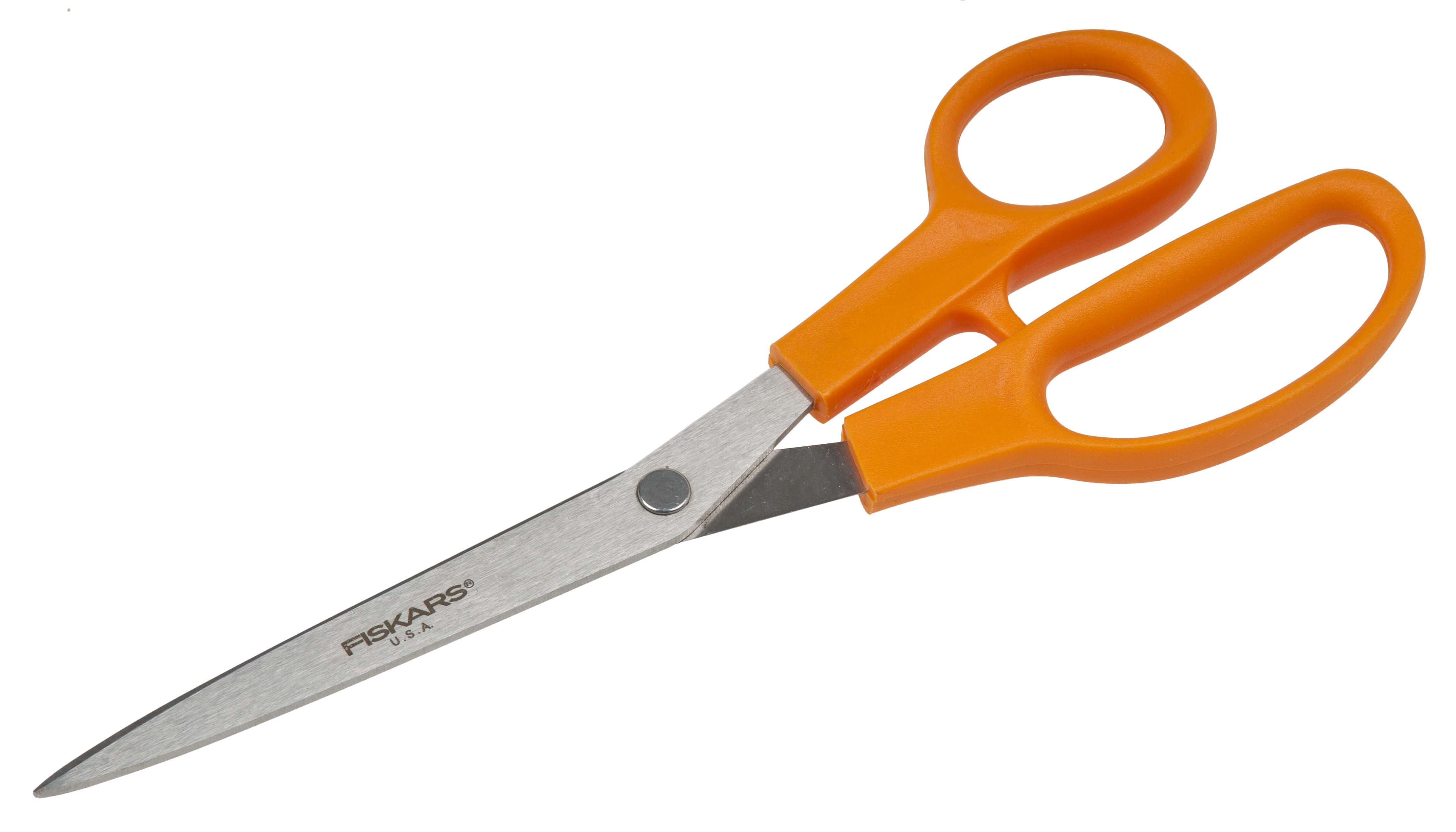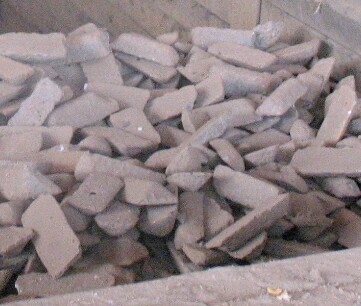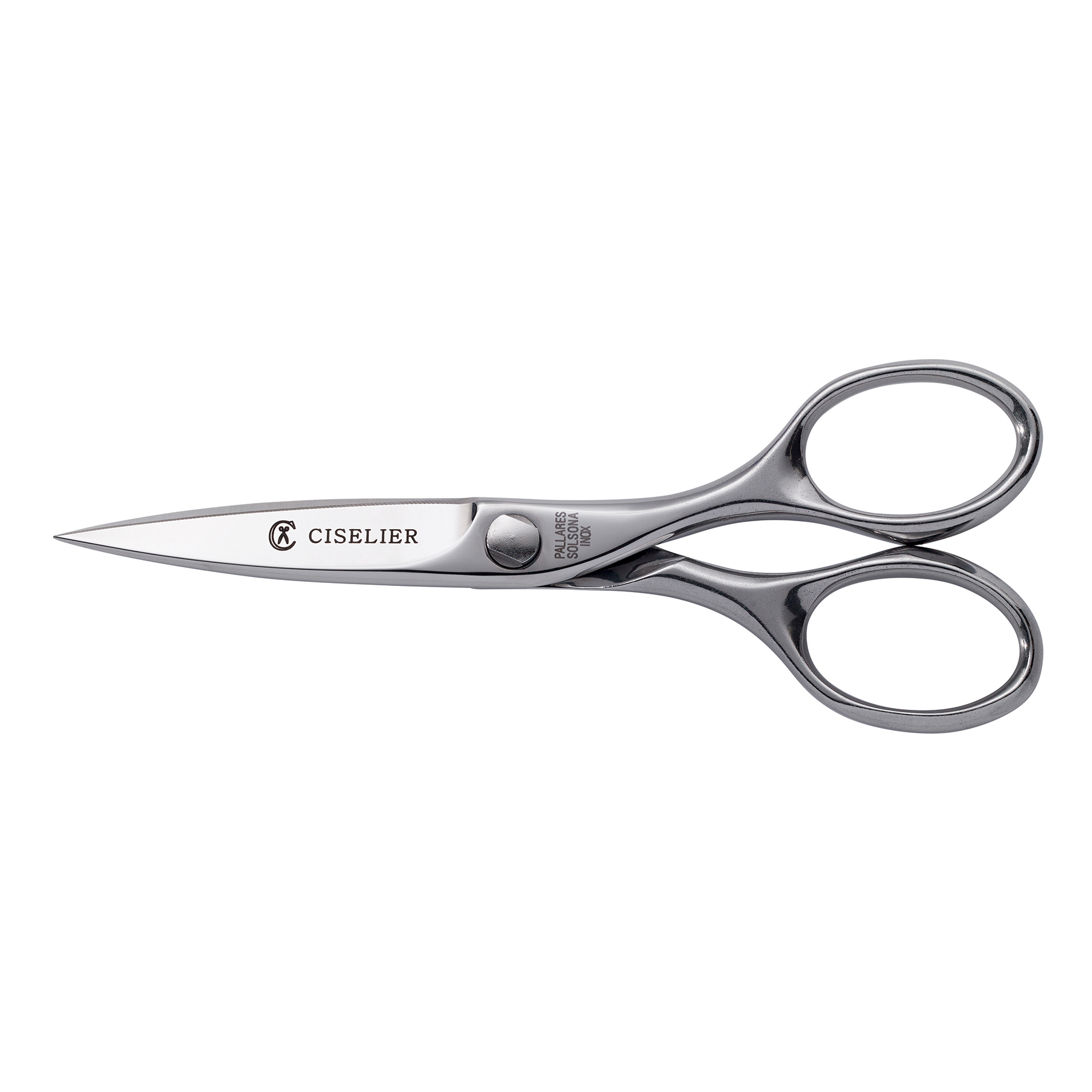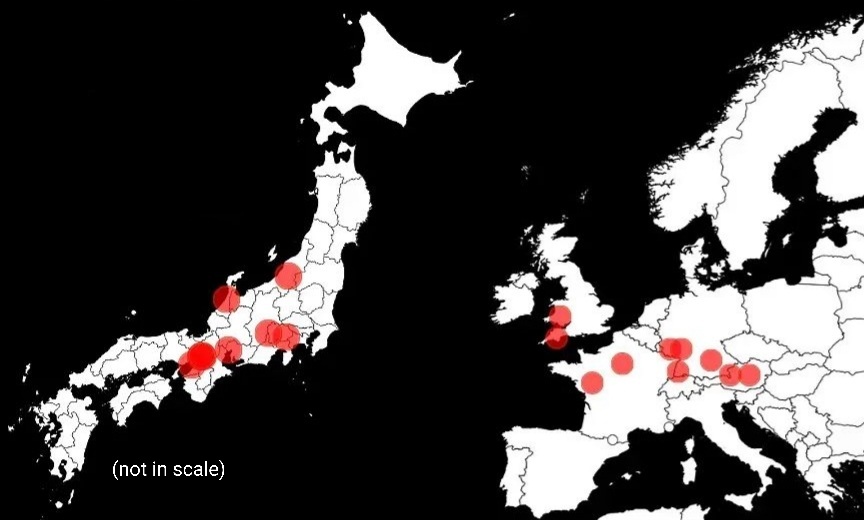|
Fiskars Ab
Fiskars Corporation (natively Fiskars Oyj Abp; formerly Fiskars Oy Ab until 1998) is a Finnish consumer goods company founded in 1649 in Fiskars, a locality in the town of Raseborg, Finland, about 100 kilometres (62 mi) west of Helsinki. It is one of the oldest continuously operating companies in the world. Fiskars' global headquarters are located in the Keilaniemi district of Espoo, near Helsinki. Fiskars is best known for its orange-handled scissors, which were originally created in 1967. Fiskars operates as an integrated consumer goods company and has two strategic business units – SBU Living and SBU Functional. History The company traces its origins to 1649, when a Dutch merchant named Peter Thorwöste was given a charter by Christina, Queen of Sweden, to establish a blast furnace and forging operation in the small village of Fiskars; however, he was not permitted to produce cannons. This makes it the oldest privately owned company in Finland. The furnace produce ... [...More Info...] [...Related Items...] OR: [Wikipedia] [Google] [Baidu] |
Consumer Goods
A final good or consumer good is a final product ready for sale that is used by the consumer to satisfy current wants or needs, unlike an intermediate good, which is used to produce other goods. A microwave oven or a bicycle is a final good. When used in measures of national income and output, the term "final goods" includes only new goods. For example, gross domestic product (GDP) excludes items counted in an earlier year to prevent double counting based on resale of items. In that context, the economic definition of goods also includes what are commonly known as '' services''. Manufactured goods refer to products that have undergone processing or assembly, distinguishing them from raw materials. Law Various legal definitions exist for consumer products, depending on jurisdiction. One such definition is found in the United States' Consumer Product Safety Act, which provides extensive explanation of consumer products. CONSUMER PRODUCT.- The term ‘‘consumer product ... [...More Info...] [...Related Items...] OR: [Wikipedia] [Google] [Baidu] |
Water Wheel
A water wheel is a machine for converting the kinetic energy of flowing or falling water into useful forms of power, often in a watermill. A water wheel consists of a large wheel (usually constructed from wood or metal), with numerous blades or buckets attached to the outer rim forming the drive mechanism. Water wheels were still in commercial use well into the 20th century, although they are no longer in common use today. Water wheels are used for milling flour in gristmills, grinding wood into pulp for papermaking, hammering wrought iron, machining, ore crushing and pounding fibre for use in the manufacture of cloth. Some water wheels are fed by water from a mill pond, which is formed when a flowing stream is dammed. A channel for the water flowing to or from a water wheel is called a mill race. The race bringing water from the mill pond to the water wheel is a headrace; the one carrying water after it has left the wheel is commonly referred to as a tailrace. ... [...More Info...] [...Related Items...] OR: [Wikipedia] [Google] [Baidu] |
Finery Forge
A finery forge is a forge used to produce wrought iron from pig iron by decarburization in a process called "fining" which involved liquifying cast iron in a fining hearth and decarburization, removing carbon from the molten cast iron through Redox, oxidation. Finery forges were used as early as the 3rd century BC in China. The finery forge process was replaced by the puddling (metallurgy), puddling process and the roller mill, both developed by Henry Cort in 1783–4, but not becoming widespread until after 1800. History A finery forge was used to refine wrought iron at least by the 3rd century BC in ancient China, based on the earliest archaeological specimens of Cast iron, cast and pig iron fined into wrought iron and steel found at the early Han dynasty (202 BC – 220 AD) site at Tieshengguo.Pigott, Vincent C. (1999). ''The Archaeometallurgy of the Asian Old World''. Philadelphia: University of Pennsylvania Museum of Archaeology and Anthropology. , p. 186-187. Pigott spec ... [...More Info...] [...Related Items...] OR: [Wikipedia] [Google] [Baidu] |
Wrought Iron
Wrought iron is an iron alloy with a very low carbon content (less than 0.05%) in contrast to that of cast iron (2.1% to 4.5%), or 0.25 for low carbon "mild" steel. Wrought iron is manufactured by heating and melting high carbon cast iron in an open charcoal or coke hearth or furnace in a process known as puddling. The high temperatures cause the excess carbon to oxidise, the iron being stirred or puddled during the process in order to achieve this. As the carbon content reduces, the melting point of the iron increases, ultimately to a level which is higher than can be achieved by the hearth, hence the wrought iron is never fully molten and many impurities remain. The primary advantage of wrought iron over cast iron is its malleability - where cast iron is too brittle to bend or shape without breaking, wrought iron is highly malleable, and much easier to bend. Wrought iron is a semi-fused mass of iron with fibrous slag inclusions (up to 2% by weight), which give it ... [...More Info...] [...Related Items...] OR: [Wikipedia] [Google] [Baidu] |
Pig Iron
Pig iron, also known as crude iron, is an intermediate good used by the iron industry in the production of steel. It is developed by smelting iron ore in a blast furnace. Pig iron has a high carbon content, typically 3.8–4.7%, along with silica and other dross, which makes it brittle and not useful directly as a material except for limited applications. Etymology The traditional shape of the molds used for pig iron ingots is a branching structure formed in sand, with many individual ingots at right angles to a central channel or "runner", resembling a litter of piglets being nursed by a sow. When the metal had cooled and hardened, the smaller ingots (the "pigs") were simply broken from the runner (the "sow"), hence the name "pig iron". As pig iron is intended for remelting, the uneven size of the ingots and the inclusion of small amounts of sand are insignificant issues when compared to the ease of casting and handling. History The Chinese were already making pig ir ... [...More Info...] [...Related Items...] OR: [Wikipedia] [Google] [Baidu] |
Blast Furnace
A blast furnace is a type of metallurgical furnace used for smelting to produce industrial metals, generally pig iron, but also others such as lead or copper. ''Blast'' refers to the combustion air being supplied above atmospheric pressure. In a blast furnace, fuel ( coke), ores, and flux (limestone) are continuously supplied through the top of the furnace, while a hot blast of (sometimes oxygen enriched) air is blown into the lower section of the furnace through a series of pipes called tuyeres, so that the chemical reactions take place throughout the furnace as the material falls downward. The end products are usually molten metal and slag phases tapped from the bottom, and flue gases exiting from the top. The downward flow of the ore along with the flux in contact with an upflow of hot, carbon monoxide-rich combustion gases is a countercurrent exchange and chemical reaction process. In contrast, air furnaces (such as reverberatory furnaces) are naturally aspirated, usu ... [...More Info...] [...Related Items...] OR: [Wikipedia] [Google] [Baidu] |
Christina, Queen Of Sweden
Christina (; 18 December O.S. 8 December">Old_Style_and_New_Style_dates.html" ;"title="nowiki/>Old Style and New Style dates">O.S. 8 December1626 – 19 April 1689), a member of the House of Vasa, was Monarchy of Sweden, Queen of Sweden from 1632 until her abdication in 1654. Her conversion to Catholicism and refusal to marry led her to relinquish her throne and move to Rome. Christina is remembered as one of the most erudite women of the 17th century, wanting Stockholm to become the "Athens of the North" and was given the special right to establish a university at will by the Peace of Westphalia. She is also remembered for her unconventional lifestyle and occasional adoption of masculine attire, which have been depicted frequently in media; gender and cultural identity are pivotal themes in many of her biographies. At the age of five, Christina succeeded her father Gustavus Adolphus upon his death at the Battle of Lützen (1632), Battle of Lützen, though she only began ru ... [...More Info...] [...Related Items...] OR: [Wikipedia] [Google] [Baidu] |
Scissors
Scissors are hand-operated shearing tools. A pair of scissors consists of a pair of blades pivoted so that the sharpened edges slide against each other when the handles (bows) opposite to the pivot are closed. Scissors are used for cutting various thin materials, such as paper, paperboard, cardboard, metal leaf, metal foil, cloth, rope, and wire. A large variety of scissors and shears all exist for specialized purposes. Hair-cutting shears and kitchen shears are functionally equivalent to scissors, but the larger implements tend to be called Shears (other)#Cutting devices, shears. Hair-cutting shears have specific blade angles ideal for cutting hair. Using the incorrect type of scissors to cut hair will result in increased damage or split ends, or both, by breaking the hair. Kitchen shears, also known as kitchen scissors, are intended for cutting and trimming foods such as meats. Inexpensive, mass-produced modern scissors are often designed ergonomically with composite ... [...More Info...] [...Related Items...] OR: [Wikipedia] [Google] [Baidu] |
Keilaniemi
Keilaniemi (; ; ) is a district in the south-eastern part of Espoo, Finland. Geography Keilaniemi is bordered by the university district of Otaniemi to the north, the commercial/residential district of Tapiola to the west, the Keilalahti bay separating Espoo and Helsinki to the east, and the Gulf of Finland to the south. The distance from Keilaniemi to the centre of Helsinki along the Länsiväylä highway is about 8 km. There are numerous islands and islets in Keilaniemi, including Fröknarna and Leppäluoto. Offices Keilaniemi is a Tower block, high-rise business district mostly known for the numerous head offices of large corporations located there. The district includes the head offices of Tieto (in land Tieto Keilalahti Campus, formerly occupied by Nokia), Microsoft Finland, Kone, Fortum, Neste Oil, Valmet, and many smaller corporations such as Rovio Entertainment. The large office buildings serve as landmarks in the area. Keilaniemi rose to the position of a corporat ... [...More Info...] [...Related Items...] OR: [Wikipedia] [Google] [Baidu] |
List Of Oldest Companies
The oldest companies in the world are the brands and companies which remain operating (either in whole or in part) since inception, excluding associations and List of oldest universities in continuous operation, educational, government, or religious organizations. Statistics According to a report published by the Bank of Korea in 2008 that looked at 41 countries, there were 5,586 companies older than 200 years. Of these, 3,146 (56%) are in Japan, 837 (15%) in Germany, 222 (4%) in the Netherlands, and 196 (3%) in France. Of the companies with more than 100 years of history, most of them (89%) employ fewer than 300 people. A nationwide Japanese survey counted more than 21,000 companies older than 100 years as of September 30, 2009. Founded before 1300 1300 to 1399 1400 to 1499 1500 to 1599 1600 to 1649 1650 to 1699 See also * :Companies by year of establishment * List of oldest banks in continuous operation * List of oldest companies in Australi ... [...More Info...] [...Related Items...] OR: [Wikipedia] [Google] [Baidu] |









